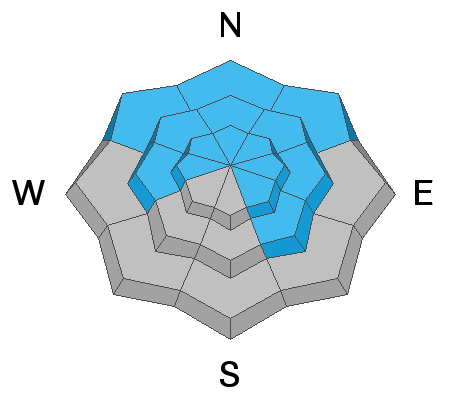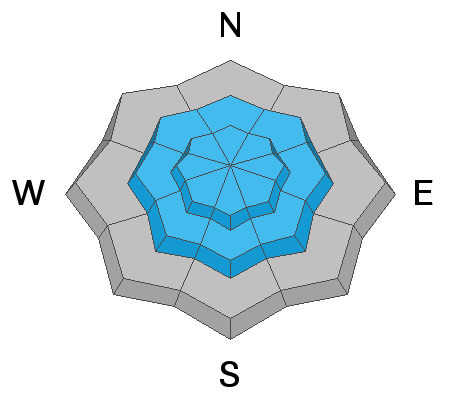Forecast for the Provo Area Mountains

Issued by Trent Meisenheimer on
Wednesday morning, December 23, 2020
Wednesday morning, December 23, 2020
A CONSIDERABLE avalanche danger exists on many slopes at the mid and upper elevations. Human triggered avalanches 1-2' deep remain likely...and may still be triggered from a distance. Careful snowpack evaluation, cautious route-finding, and conservative decision-making will be essential today.

Low
Moderate
Considerable
High
Extreme
Learn how to read the forecast here








